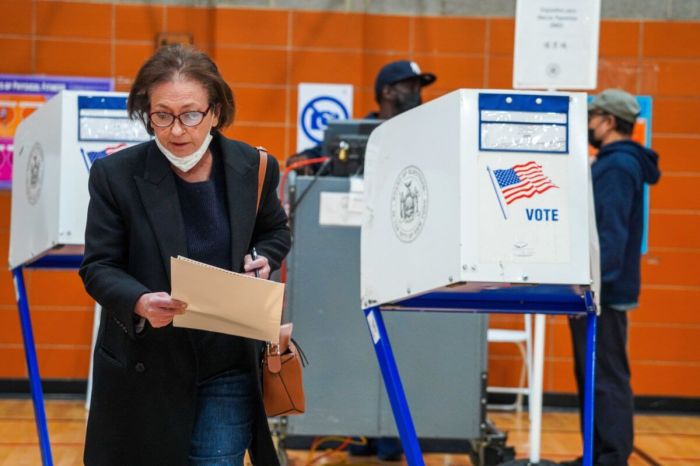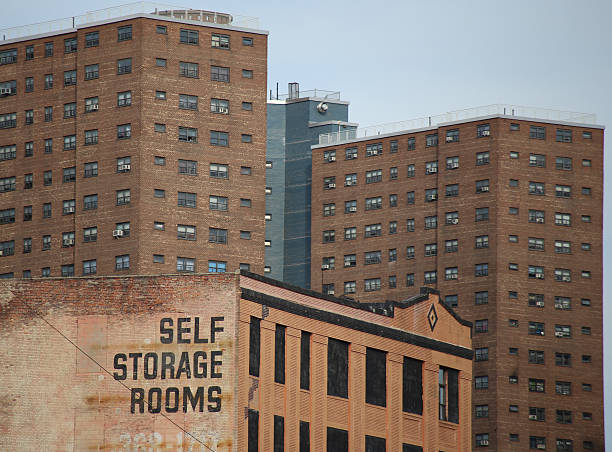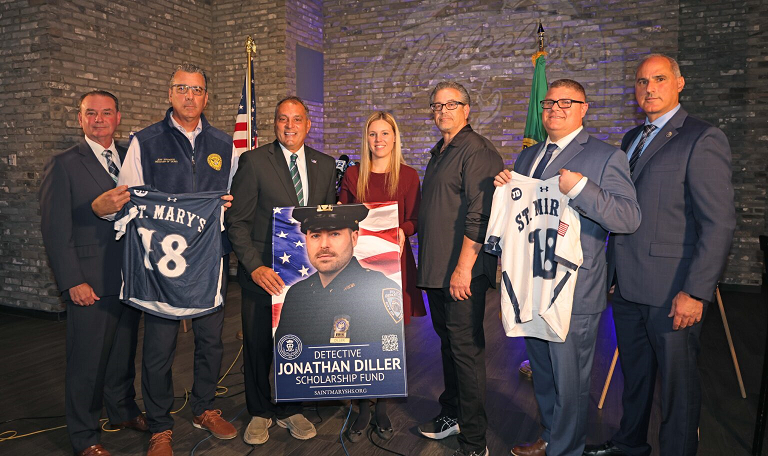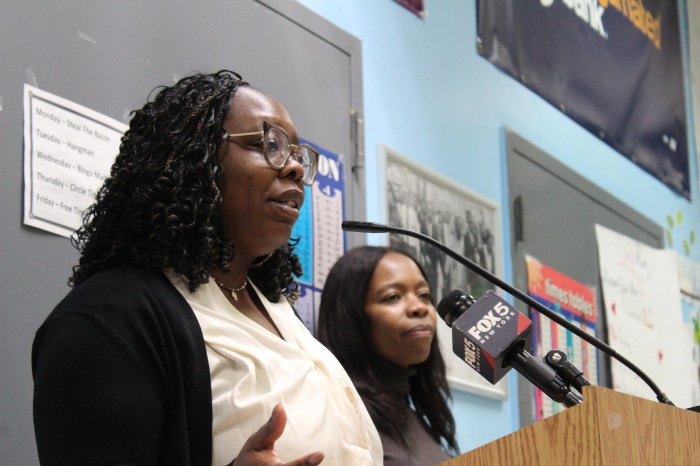
Now the question is why?
Why did a Sunday morning Metro-North train from Poughkeepsie to Grand Central Terminal roar into one of the system’s most challenging curves at 82 miles per hour — at a place where the Hudson River lies hard to the right, the Harlem River looms straight ahead and the speed limit is 30 mph?
Monday National Transportation Safety Board investigators provided disturbing details about the frightful speed. After a preliminary investigation, they found no anomalies in the train’s brakes.
Yet the eight-car train became a runaway.
So the answer must lie either in human error, an undetected mechanical error, or track conditions. It’s too soon to draw conclusions.
Here is what we know, and what we need to know:
William Rockefeller, the train’s operator, has been described as a skilled and reliable engineer with an “impeccable” work record.
The NTSB says that on Sunday morning the train was moving nearly three times the speed limit into a dangerous curve and that Rockefeller hit the brakes just six seconds before the locomotive stopped moving. The front of the train flew off the tracks, winding up just a few feet short of the Harlem River’s murky waters at Spuyten Duyvil.
Is the leftward curve toward the Spuyten Duyvil station too sharp for trains to safely handle? That’s unlikely. This is a turn that has been there for decades and trains negotiate it every day.
Will the black boxes taken from the train reveal some other mechanical breakdown, such as equipment failure, as investigators analyze their contents?
Did the train have any mechanical controls that could have overridden a mistake by the operator? If not, why not?
Would the federally mandated positive train control system, coming by 2015, have made a difference?
There’s much to be learned about safety on the rails. Without answers the confidence of the riding public will remain shaken.



































